Simple Start: Visual Supports for Places Around School
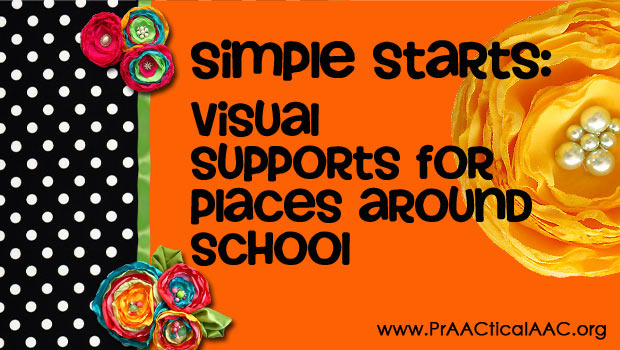
 Simple Start is a series of posts that discuss AAC-related tools and strategies that are rather quick and easy to make or implement. Whether you are brand new to AAC or relatively experienced, we all come to a point where complicated just won’t do.
Simple Start is a series of posts that discuss AAC-related tools and strategies that are rather quick and easy to make or implement. Whether you are brand new to AAC or relatively experienced, we all come to a point where complicated just won’t do.
–
In our first Simple Start, we’re talking about Picture Card Rings, a type of visual support for language comprehension. The National Professional Development Center on Autism Spectrum Disorders defines visual supports as any tool presented visually that can help a person function in their day-to-day life. In this case, we’ve narrowed it down to the specific case of using photos of places around a school to help the student better understand words like ‘cafeteria’ and ‘clinic.’
—
Most people with AAC needs do not require a communication system that represents language through photographs. This is a very good thing since there is no way to take a photo that would represent most of the words we use (e.g., it, like, do, some, with, for). However, there are some concepts for which an actual photograph makes a lot of sense. Using line drawings, such as PCS, Pixons, or SymbolStix, to represent family members, friends, teachers, and classmates can be tricky because it is hard to make each symbol distinct. There are only so many ways to alter a generic ‘woman’ symbol and give it the characteristics that allow it to represent the unique qualities of your mom, sisters, female friends, teachers, etc. It makes much more sense to use photos of those people, even if the communicator’s AAC system is populated primarily with PCS, Pixons, or SymbolStix. The same is true for familiar places, such as locations throughout a school building.
—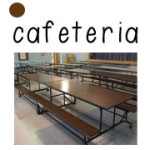
Simple Start: Visual Support for Places in My School
- Take photo of locations throughout the school that your students frequent.
- Insert them into a document and add labels for each one (e.g., Playground, Art Room)
- Print and laminate
- Use them with aided language input whenever you are talking about those school places, especially when you are getting the students ready to go to those locations.
- Remember to take it with you when you leave the classroom so that you can continue to use it to show the students where they are headed when you are ready to return.
–
Simple Start Tips
- Create a template for this type of visual support that works for you. Save it so that you can use this later and customize it for other purposes.
- Use whatever format seems best for your students, such as a communication board, book, wallet, or ring. Remember that this will have to be portable.
–
Simple Start Resources: A PowerPoint Template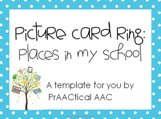
Here’s a prAACtical resource that you can use. We like using PowerPoint for these because it makes it easy to print in a variety of formats.
- Full size slides are good for addressing a large group or for students with visual attention or acuity problems.
- By printing the handout version, you can vary the number of slides per page so that each image is smaller. This works well for a portable picture ring.
–
Places Around School PowerPoint Template
Images courtesy of Silver Lining Multimedia via Picture This Pro
Filed under: PrAACtical Thinking
Tagged With: implementation ideas, photograph, PowerPoint, resources, Simple Start, visual support
This post was written by Carole Zangari

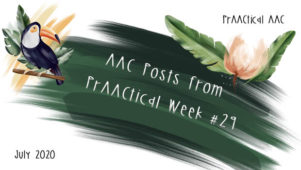
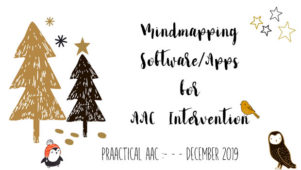
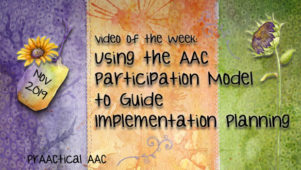
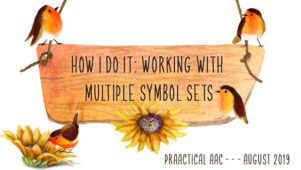
4 Comments
Thank you!!
You’re so welcome! We often struggle with not being able to say/do it ALL. Sometimes ‘simple’ is a good place to start.
Hello I have been looking at your comprehensive site and like the content. I have worked with profoundly disabled kids for a good few yrs trying to introduce AAC withing their playgroup and centres with some success. Unfortunately in Africa it is so difficult to get the whole thing off the ground in what is termed menally handicapped centres. I am looking for loads of ideas to teach the care givers to follow through on play therapy with pic sims as a tool and how they can maintain progress and follow through ?
thanks Linda .
Linda, thanks so much for your comment. It seems like getting people to implement AAC strategies is something that is a struggle no matter where we live. You are probably already aware of the University of Pretoria’s AAC program, CAAC (http://bit.ly/Yw2TnS). They may have some trainings or resources that would work for these caregivers. Beyond that, I think the key concepts discussed by Jane Farrall are the best starting place (http://bit.ly/Zjlp5L). Although this was written for classrooms, we’ve gotten great inspiration from the highly generalizable approach of keeping things very simple, measured, and gradual.